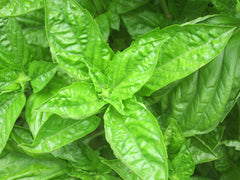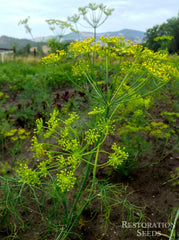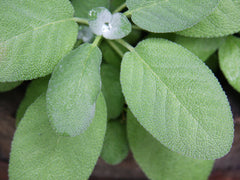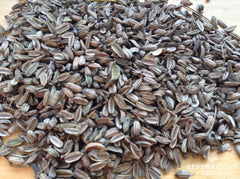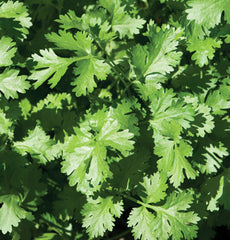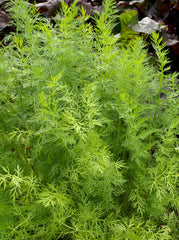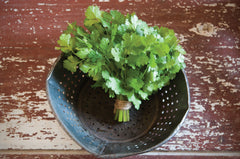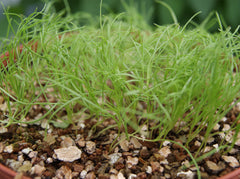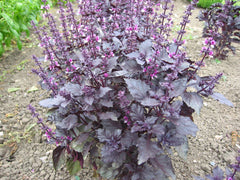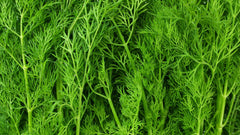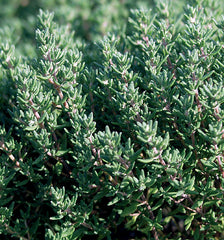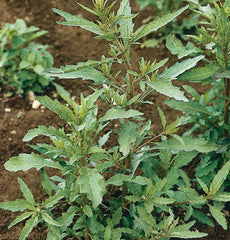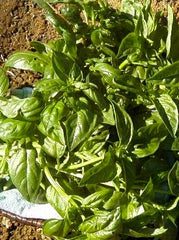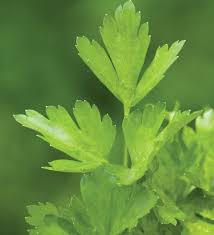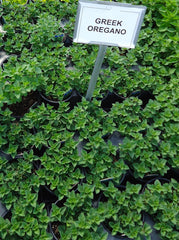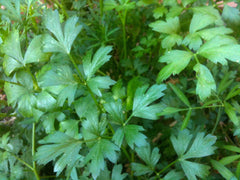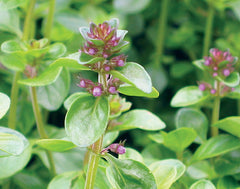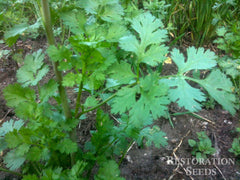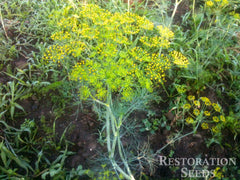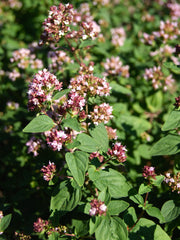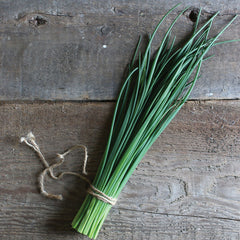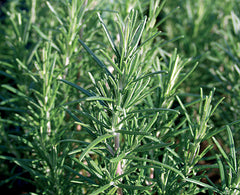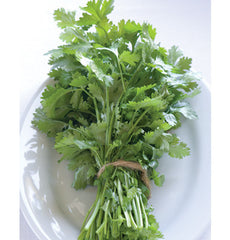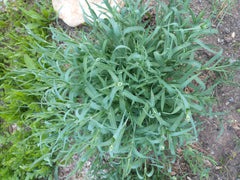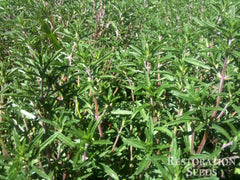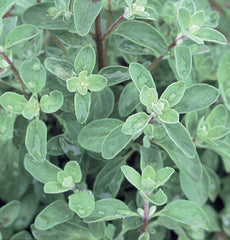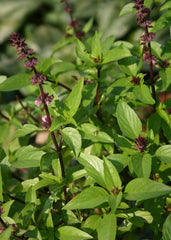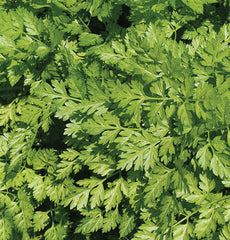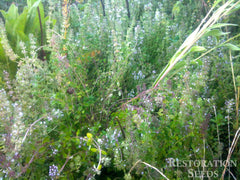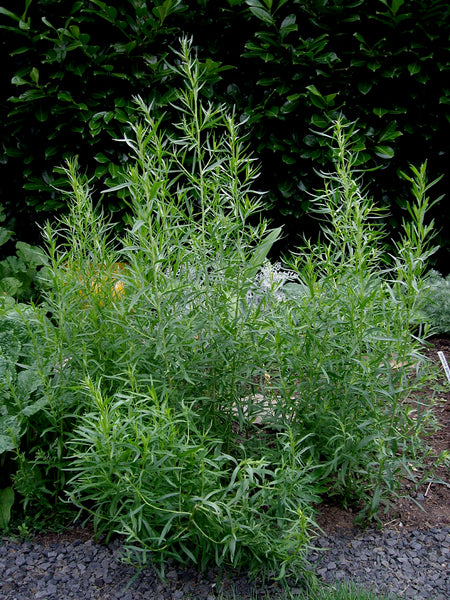Russian Tarragon
Artemisia dracunculusDays from maturity calculated from the date of seeding. Average 177,000 seeds per ounce. Usual seed life: 2–3 years.
Planting Depth surface
Soil Temp. Germ. 1–3 months
Days to Germ. 41˚F
Plant Spacing 18-24”
Row Spacing 30-48”
Days To Maturity 120-150
Full Sun, Moist Well Drained Soil
Russian Tarragon Seed Count
1 Ounce ≈ 177m seeds
- 300 Seeds$3.50
- 3000 Seeds$12.50
- 1 Ounce$58.00
Dual purpose herb, medicinal or culinary, also good ornamental plant. The leaves have a strong tarragon, rather sweet anise flavor and are used in many foods and fish dishes in particular. Leaves can be eaten raw or cooked. The leaves can also be eaten raw in salads but are inferior to A. dracunculus (Tarragon). ...
Dual purpose herb, medicinal or culinary, also good ornamental plant. The leaves have a strong tarragon, rather sweet anise flavor and are used in many foods and fish dishes in particular. Leaves can be eaten raw or cooked. The leaves can also be eaten raw in salads but are inferior to A. dracunculus (Tarragon). The Native American Indians would bake the leaves between hot stones and then eat them with salt water. The flavor is said to improve as the plant matures. Also used for flavoring vinegar. Also known as False Tarragon, Dragon Wormwood, Dragon Sagwort.
Russian tarragon can be grown from seed but is much weaker in flavor when compared to the French variety.However, Russian tarragon is a far more hardy and vigorous plant, spreading at the roots and growing over a meter tall. This tarragon actually prefers poor soils and happily tolerates drought and neglect. It is not as strongly aromatic and flavorsome as its French cousin, but it produces many more leaves from early spring onwards that are mild and good in salads and cooked food. Russian tarragon loses what flavor it has as it ages and is widely considered useless as a culinary herb, though it is sometimes used in crafts. The young stems in early spring can be cooked as an asparagus substitute.
A better substitute for French tarragon is Spanish tarragon (Tagetes lucida), also known as Mexican mint marigold, Mexican tarragon, Texas tarragon, or winter tarragon. It is much more reminiscent of French tarragon, with a hint of anise. Although not in the same genus as the other tarragons, Spanish tarragon has a stronger flavor than Russian tarragon that does not diminish significantly with age.
Tags: Color: Green, Seed: Safe Seed Pledge.Native to Russia. Sauce Tartare might be a descriptive term for a tarragon mayonnaise named after the origin of the so-called Russian tarragon, which actually is rarely used for culinary purposes.
